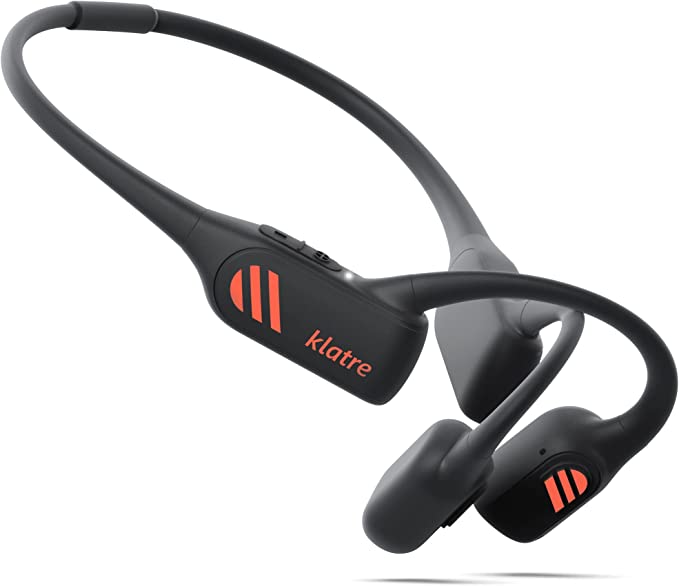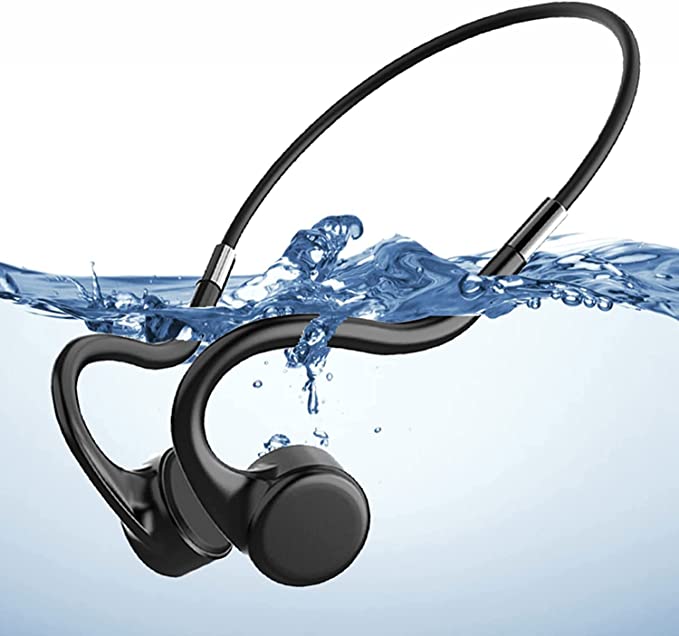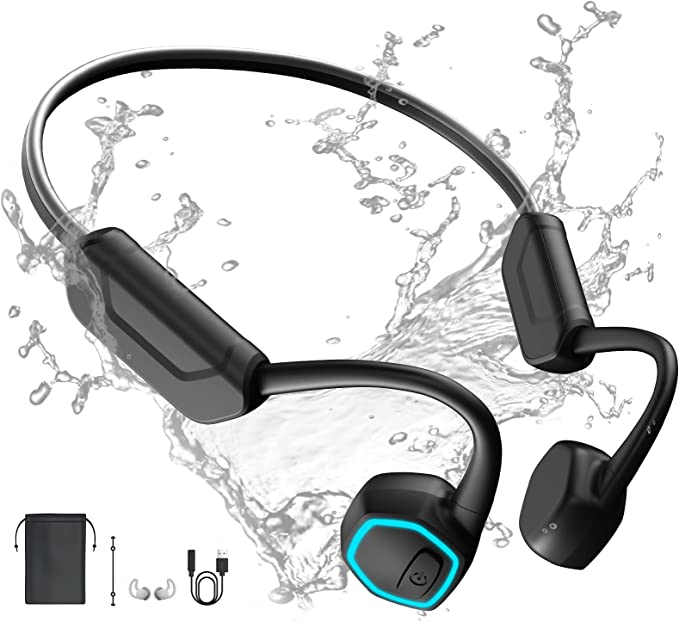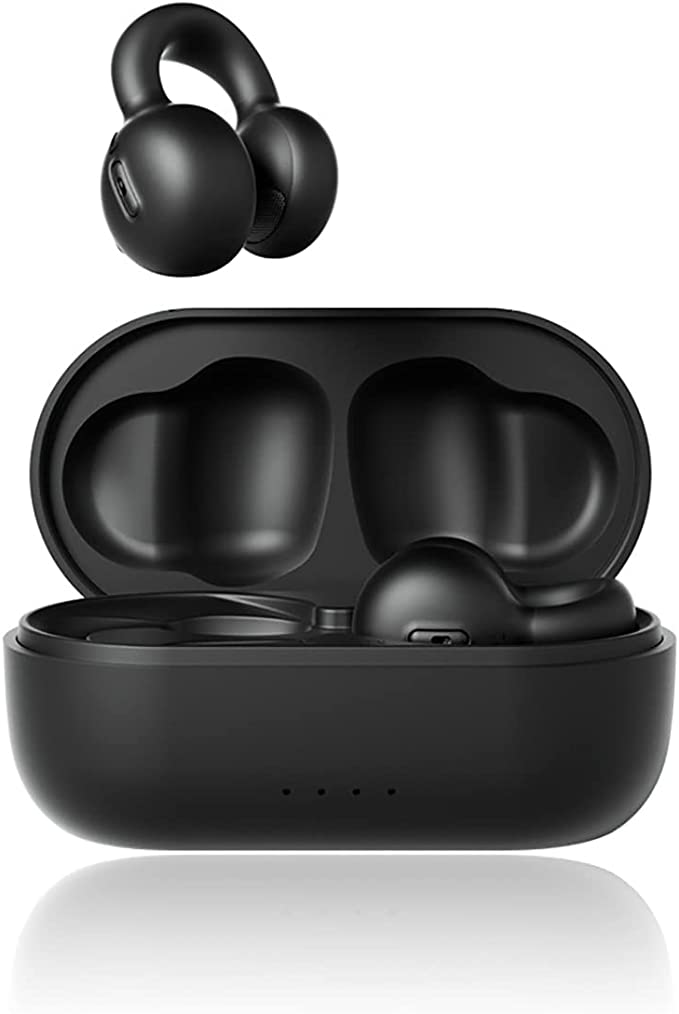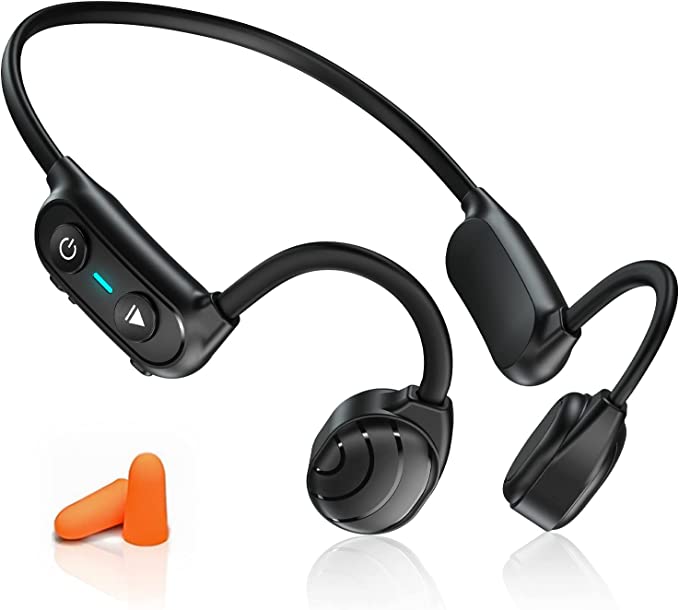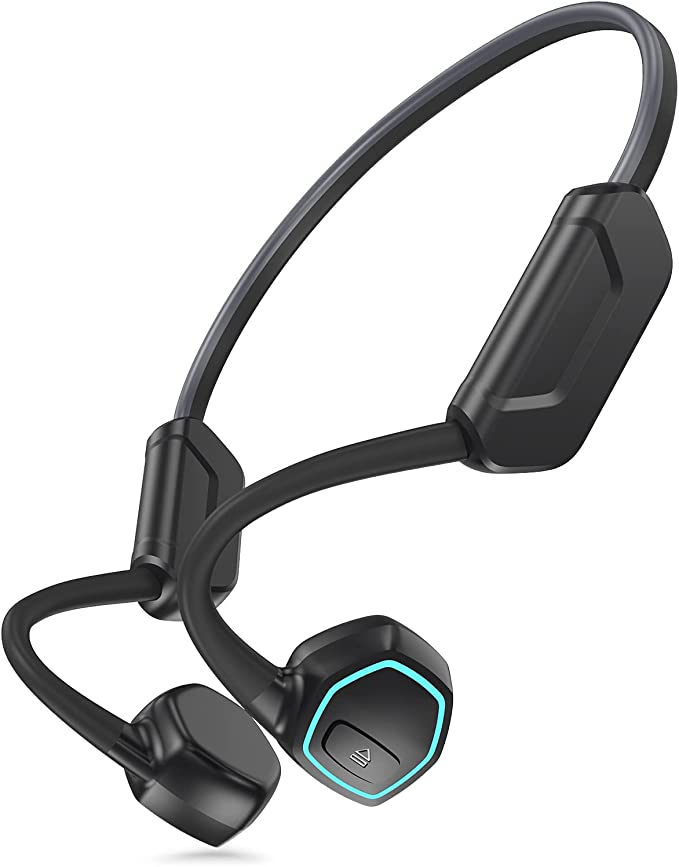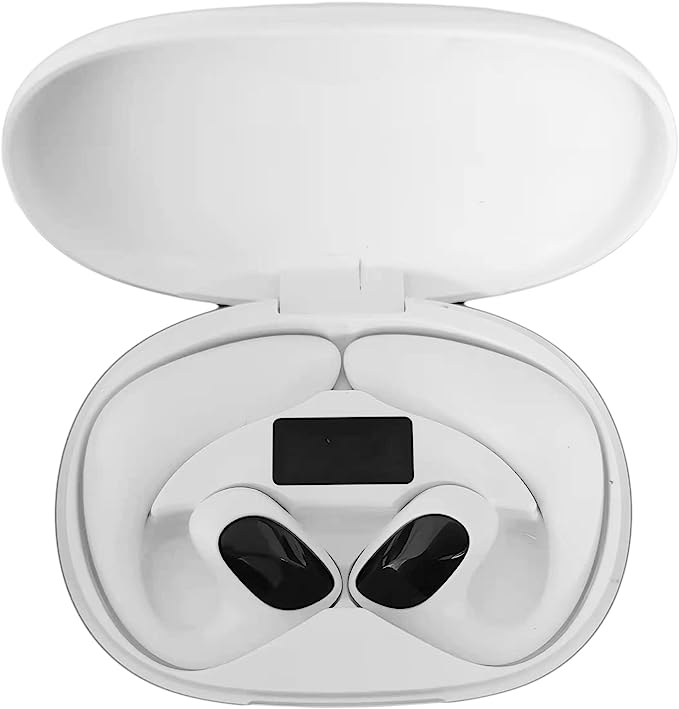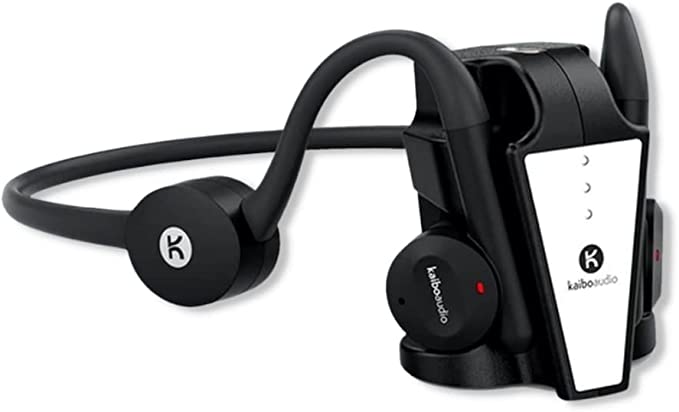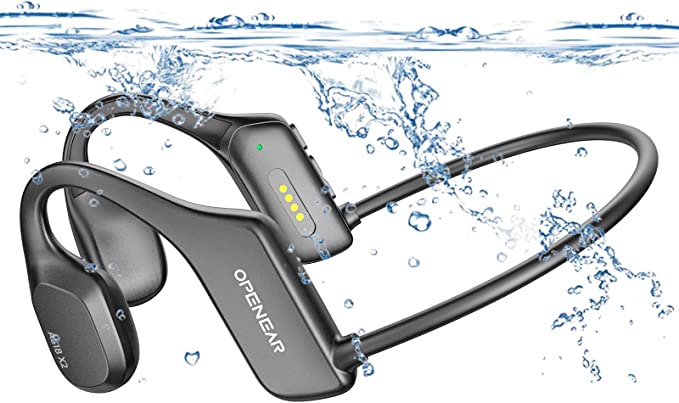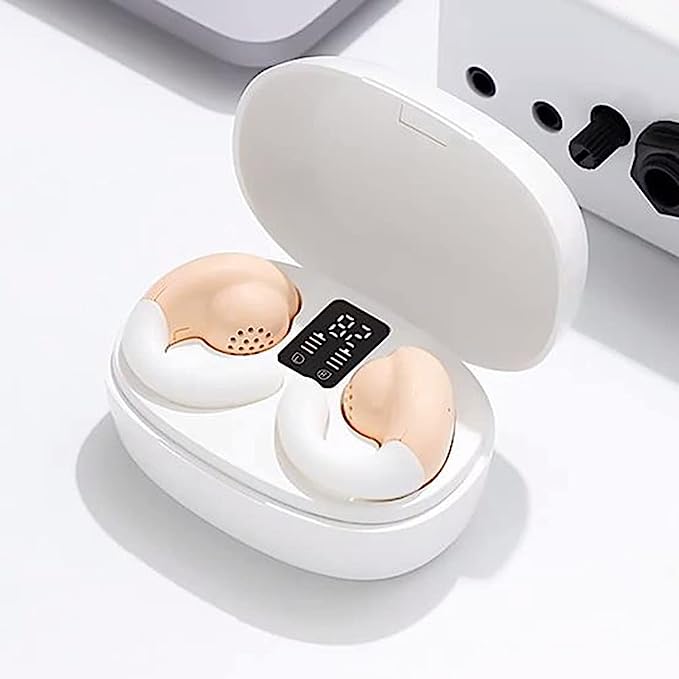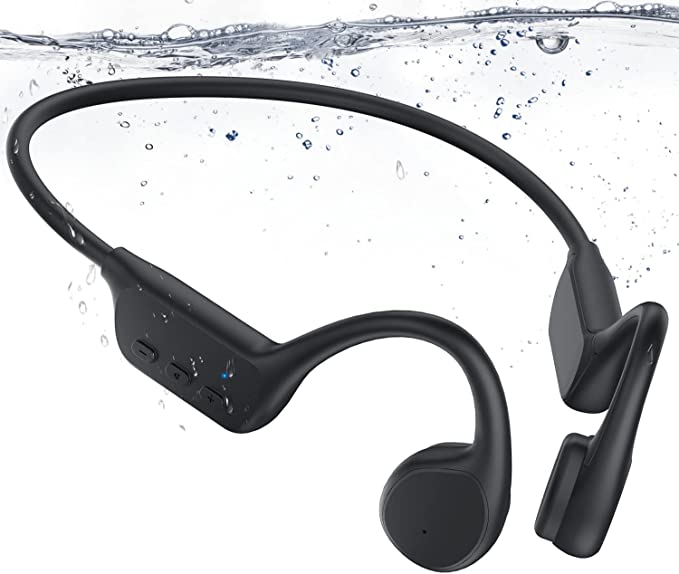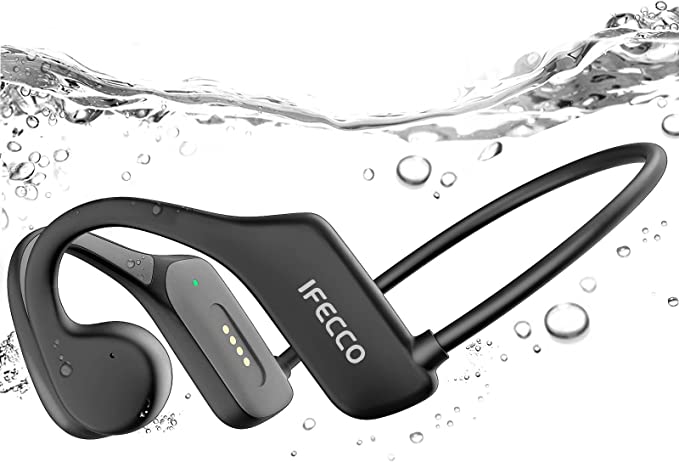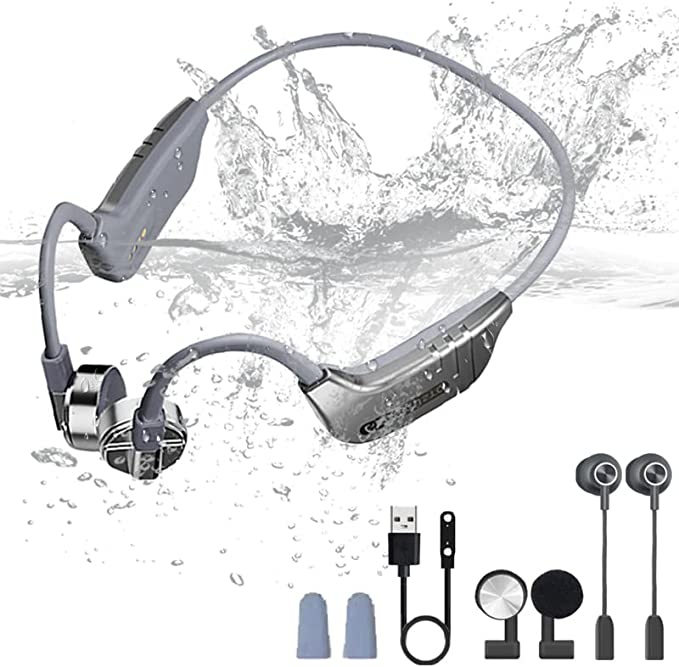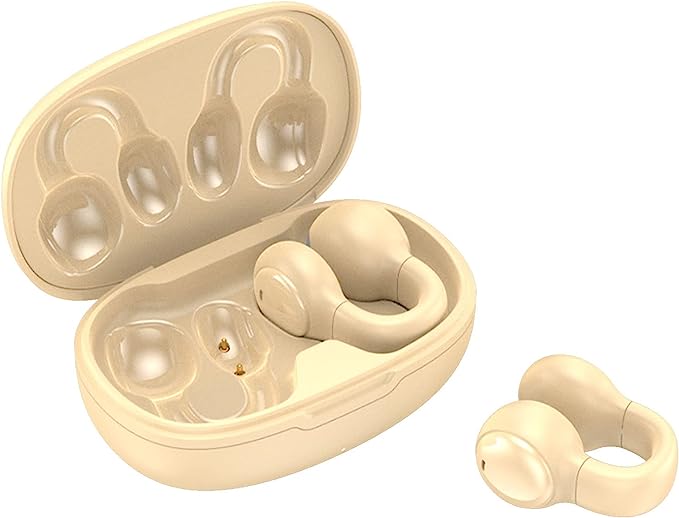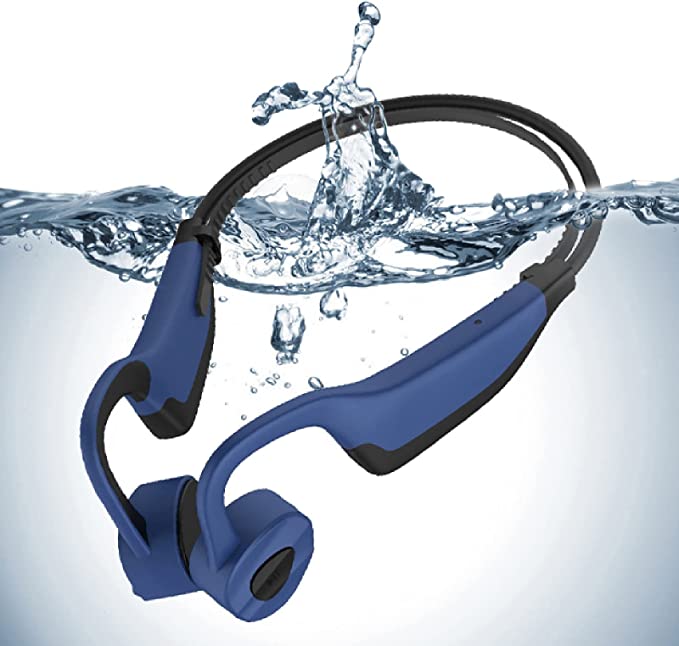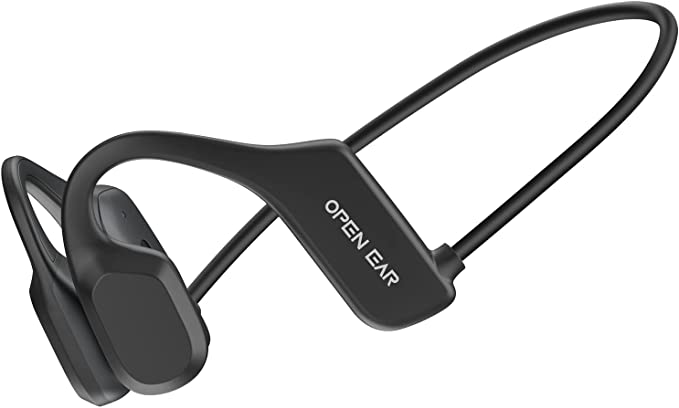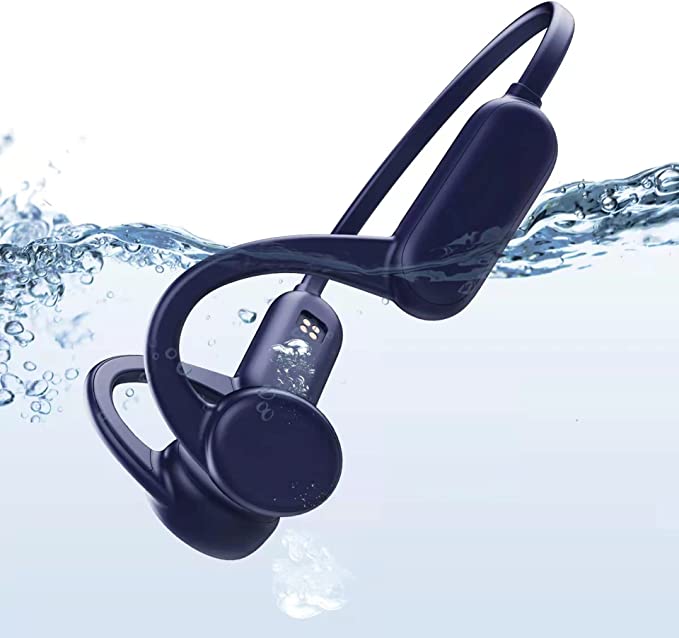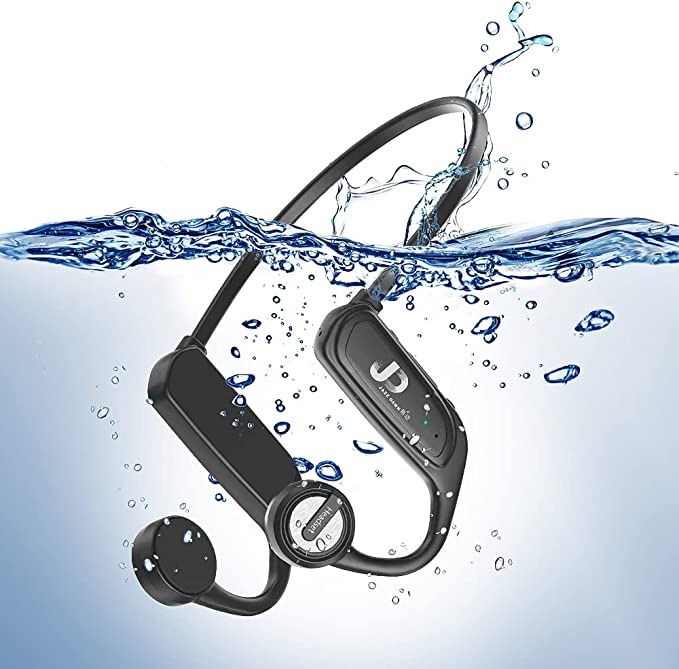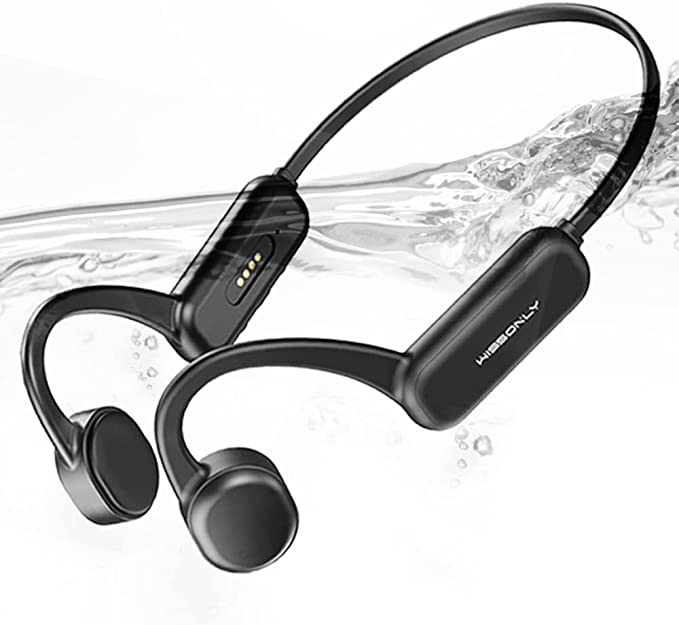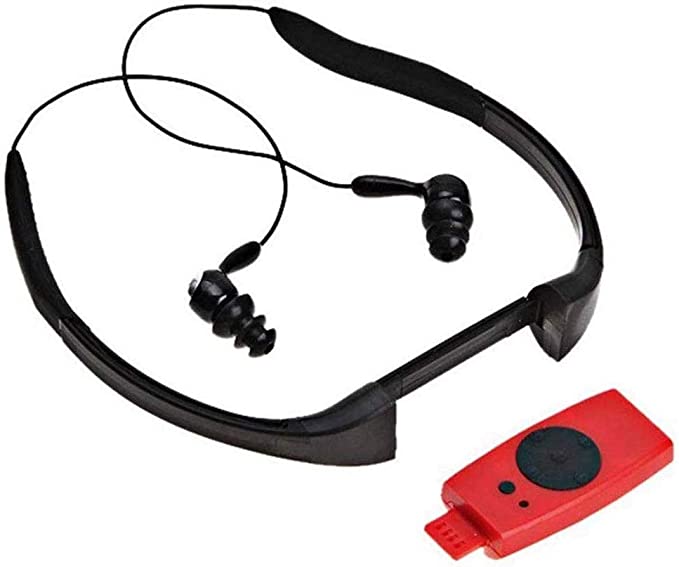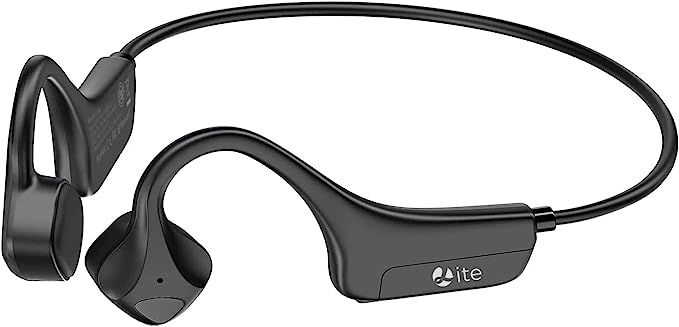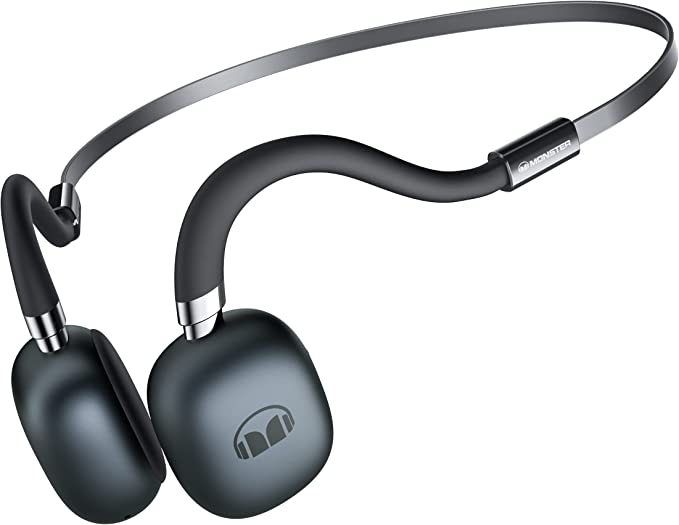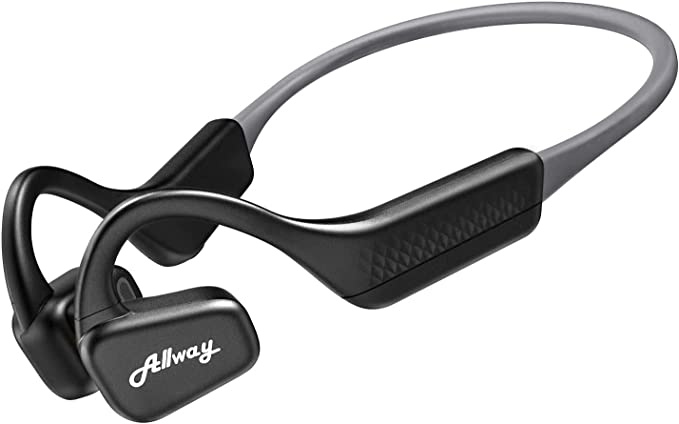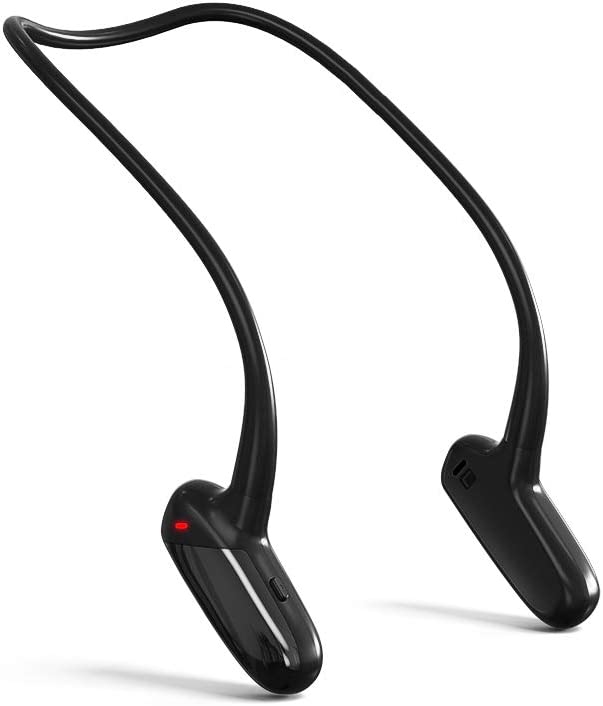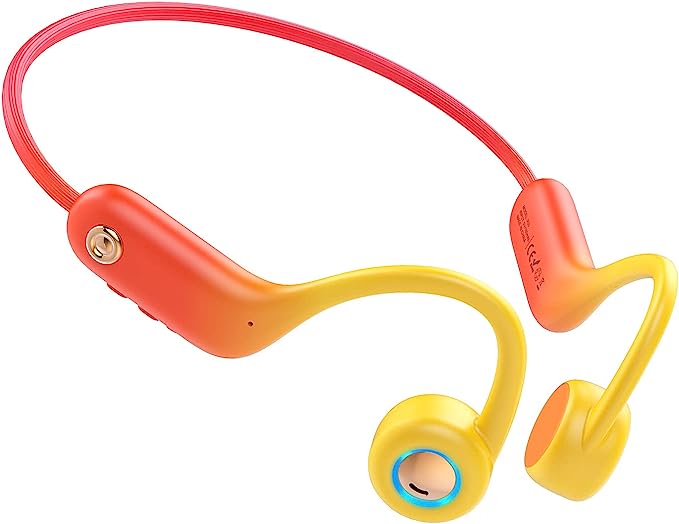RR SPORTS BC888 Bone Conduction Headphones: Dive Deeper into Sound and Science
Update on Sept. 23, 2025, 4:57 a.m.
It’s one of the most poignant images in the history of music: Ludwig van Beethoven, profoundly deaf, leaning over his piano, a special metal rod clenched between his teeth, its other end resting on the instrument’s soundboard. In the utter silence of his world, he could still feel the vibrations of his compositions, a phantom orchestra playing directly into his head. This wasn’t magic. It was a raw, desperate application of a physiological phenomenon that most of us experience daily yet rarely acknowledge.
Beethoven had stumbled upon a secret pathway for sound, a route that bypasses the conventional architecture of our ears entirely. It’s a principle called bone conduction. And today, this same science, refined and reimagined, is fundamentally changing how we integrate audio into our lives, especially in environments where our standard earbuds dare not tread. It invites a fascinating question: what if your ears aren’t the only way to listen?

The Forgotten Auditory Pathway
To understand bone conduction, we must first appreciate the journey sound normally takes. When a sound wave travels through the air, it’s captured by the funnel of your outer ear and directed down the ear canal to the eardrum. The eardrum vibrates, transferring this energy through a delicate, three-bone lever system in the middle ear to a tiny, snail-shaped, fluid-filled organ called the cochlea. Here, microscopic hair cells convert these mechanical vibrations into electrical signals, which the brain finally interprets as music, speech, or the rustle of leaves. This entire process is known as air conduction.
Bone conduction is the scenic route. Instead of entering the ear canal, vibrations are applied directly to the bones of the skull—typically the temporal bones just in front of the ears. These vibrations travel through the solid structure of your cranium, reaching the same cochlea in the inner ear. The cochlea, impartial to how the vibrations arrived, dutifully converts them into neural signals. The brain perceives sound, yet the ear canal remains completely open to the world.
You’ve experienced this. It’s why your recorded voice sounds unnervingly different from the voice you hear in your head. When you speak, you hear your voice through a mix of air conduction (sound traveling from your mouth to your ears) and bone conduction (vibrations from your vocal cords traveling through your skull). This internal resonance gives your voice a depth and richness that a microphone, capturing only the air-conducted sound, fails to replicate.
For decades, this principle has been more than a curiosity. It’s the foundation for certain types of advanced hearing aids, like Bone Anchored Hearing Aids (BAHA), which transmit sound directly to the cochlea of individuals with damaged outer or middle ears. In the military, special forces operators have long used bone conduction headsets to receive clear communications in deafeningly loud environments while maintaining full situational awareness—a critical advantage where an unheard footstep can be fatal. This ability to hear two worlds at once—a private audio stream and the ambient environment—is the technology’s core superpower.

The Physics of Silence Underwater
Now, let’s take this principle to a place where conventional audio technology utterly fails: the water. For swimmers, the monotony of lap counting is a familiar mental hurdle. Music would be a welcome companion, but the physics are unforgiving. The challenge is twofold: keeping electronics dry and getting a wireless signal to them.
The first problem is a matter of engineering resilience. Modern sports headphones often boast impressive water resistance, but the terminology can be vague. Science, however, demands precision. The Ingress Protection (IP) rating, standardized by the International Electrotechnical Commission (IEC 60529), provides this. A device rated at IPX8, for instance, has been certified to withstand continuous immersion in water under conditions specified by the manufacturer, often at depths greater than one meter. This level of waterproofing, seen in dedicated swimming headphones like the RR SPORTS BC888, isn’t achieved by simply plugging holes. It involves precision-sealed casings, corrosion-resistant materials, and often internal nano-coatings that cause water to bead up and roll off circuits like rain on a freshly waxed car.
But even with a perfectly waterproof device, there’s a more fundamental barrier: communication. Bluetooth, the lifeblood of our wireless world, operates in the 2.4 GHz radio frequency band. These radio waves travel beautifully through the air, but they are dramatically absorbed by water. Water molecules are polar and their high dielectric constant effectively suffocates the signal, limiting its range to mere inches. Your phone on the poolside might as well be on the moon.
This is not a design flaw; it’s a law of physics. The engineering solution, therefore, cannot be a stronger signal. It must be to eliminate the signal entirely. This is why true swimming headphones incorporate a built-in MP3 player. By loading audio files directly onto the device’s internal memory—in the case of the BC888, a substantial 16GB that supports high-quality formats like FLAC—the headphones become a self-contained, waterproof audio ecosystem. It’s a clever workaround, born from a healthy respect for the laws of physics.

The Metal That Remembers
Creating a device that can survive the water is one thing. Creating one that stays comfortably and securely on your head during a flip turn or a trail run is another. This is where the magic of material science comes into play. The wraparound frame of many high-performance bone conduction headphones is often crafted from what is described as “memory titanium.”
This is typically a nickel-titanium alloy known as Nitinol, a remarkable shape-memory alloy (SMA). It exhibits a property called superelasticity, meaning it can be bent and twisted to an extreme degree and still return flawlessly to its original shape. Unlike steel or aluminum, which would deform permanently, a Nitinol frame provides a constant, gentle clamping force. It’s strong enough to keep the transducers firmly in place on the cheekbones, yet flexible enough to be barely noticeable.
This material is a marvel. It’s as strong as steel but nearly half the weight, and it’s highly resistant to corrosion from sweat and pool chemicals. Its biocompatibility is so exceptional that the very same class of material is used inside the human body for medical devices like cardiovascular stents, which must flex with every heartbeat for a lifetime. When you wear these headphones, you are benefiting from decades of advanced material science, engineered for the most demanding applications and elegantly adapted for sport.

The Sound of a Different Drum
With all this science, what is the actual experience of listening through your bones? It is, undeniably, different. Users of bone conduction headphones often report crystal-clear audio, especially for podcasts and vocals. However, they also notice a difference in the bass response. The deep, thumping bass you might feel from over-ear cans or sealed earbuds is less pronounced.
This isn’t a failure of the technology but a direct consequence of its pathway. The resonance of our ear canal naturally amplifies certain frequencies, contributing to the perceived richness of air-conducted sound. Bone conduction bypasses this natural amplifier. The result is a clean, precise sound, but one that can feel less immersive to those accustomed to the acoustic isolation of traditional headphones. It’s an auditory trade-off: you sacrifice some resonant depth for an immeasurable gain in situational awareness. For a cyclist navigating city traffic or a swimmer in a crowded lane, this trade-off is not just acceptable; it’s essential.
This is reflected in the real world; the RR SPORTS BC888, for example, holds a 3.5-star rating from hundreds of reviews. This figure doesn’t suggest a faulty product, but rather a technology with a specific purpose that delights users who value its unique benefits (safety, comfort, underwater use) while sometimes falling short for those seeking pure audiophile fidelity.

Integration, Not Isolation
For the better part of a century, the goal of personal audio has been isolation. We created headphones to build a private sonic world, blocking out the noise of the commute, the office, or the gym. Bone conduction technology represents a philosophical shift. Its purpose is not to isolate but to integrate.
It allows you to layer your personal soundtrack onto the world, not replace it. It’s a technology that acknowledges we are physical beings moving through a complex, and sometimes hazardous, environment. By leveraging a forgotten pathway of hearing first explored by a deaf composer, modern science has given us a tool that enhances our activities without detaching us from reality. It’s a reminder that sometimes, the most innovative way forward is not to build a higher wall, but to open a new door.
